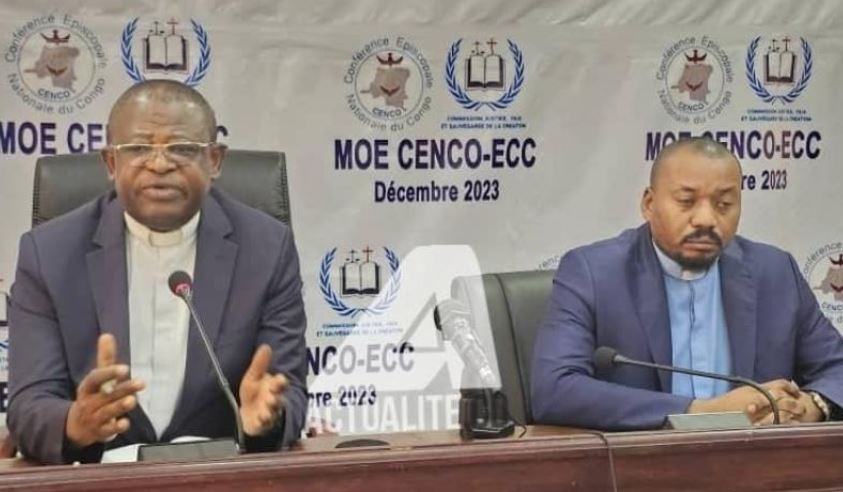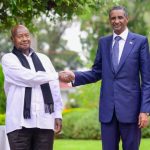The DRC voters and world is anxiously waiting for a public preliminary statement due to be delivered on Thursday by the CENCO-ECC Electoral Observation Mission (MOE).
The Statement will be made on the December 20 general elections organized in the Democratic Republic of Congo (DRC)
The observer mission mobilized 25,000 observers and 11,000 monitors for this election monitoring operation.
Monitors were tasked with documenting incidents outside polling stations, including cases of violence reported in various areas of the country.
MOE operates according to two distinct methodologies. On the one hand, it uses a traditional approach where observers rigorously follow the electoral process, from the voting phase to the counting, and transmit the information collected to the center of the mission.
These observers are also responsible for collecting the results.
On the other hand, the MOE practices parallel counting of votes (PVT).
As part of this method, the mission’s observers were deployed in a sample of 1,056 polling stations spread across the country’s 26 provinces, covering 178 cities and territories.
The MOE CENCO-ECC had previously announced that it would undertake an independent verification of the electoral results following the announcement of the winner by the Independent National Electoral Commission (CENI), but before any deliberation by the Constitutional Court.
As for the figures provided by the CENI in its current phase of partial and temporary publication of the results, 9,333,562 ballots were taken into account for the presidential election.
Félix Tshisekedi clearly dominates with 7,219,816 votes, representing 77.35% of the votes cast.
Moïse Katumbi follows with 1,466,503 votes (15.71%), followed by Martin Fayulu with 363,513 votes (3.89%).
Adolphe Muzito and Radjabho Tebabho complete with 0.63% and 0.55% of the votes respectively.








